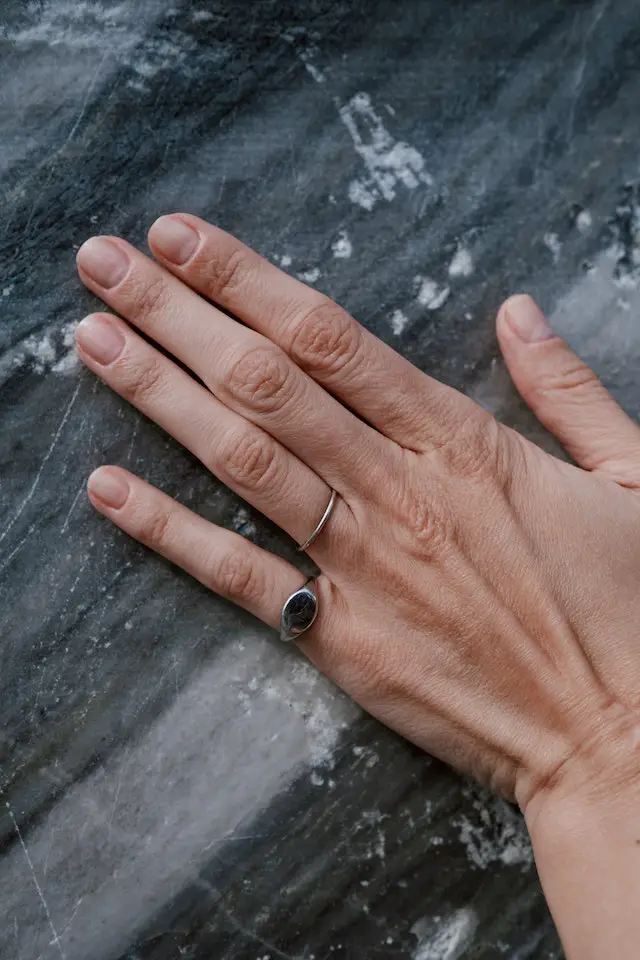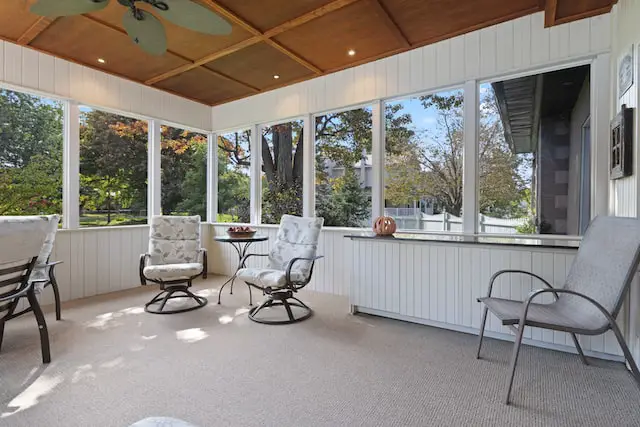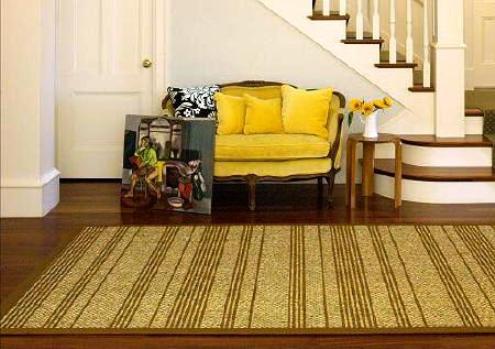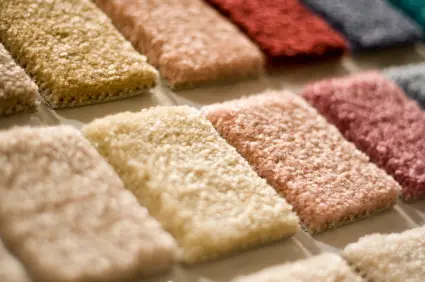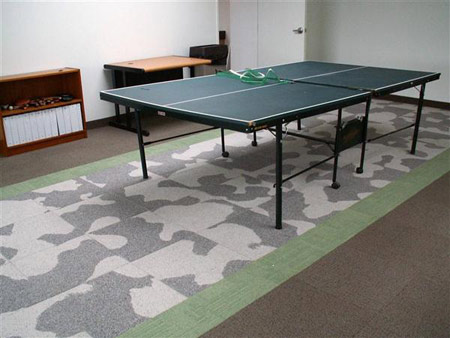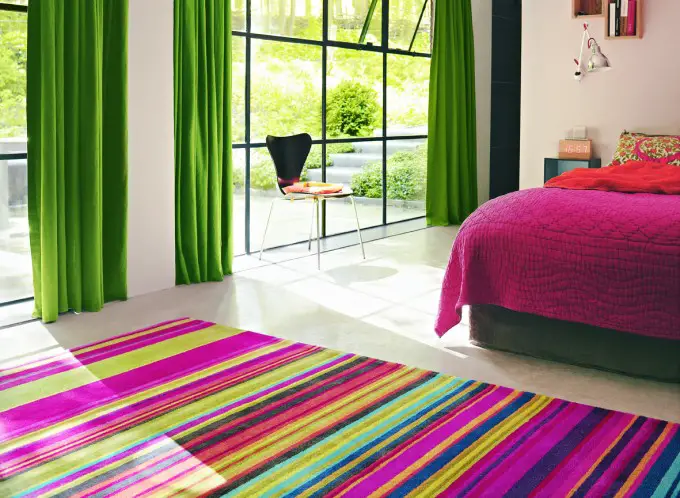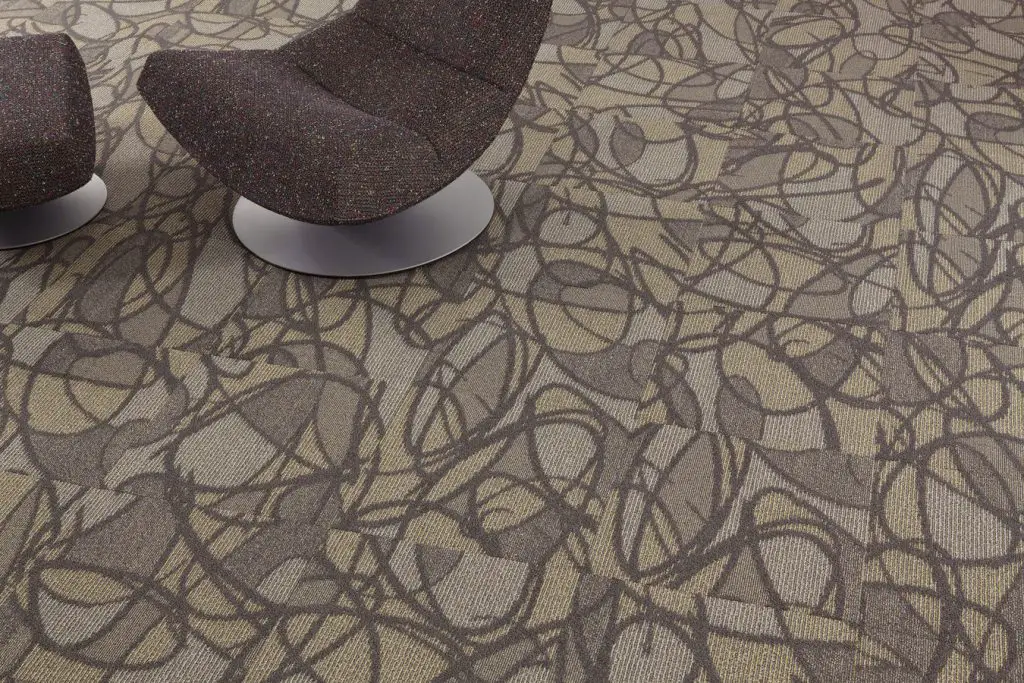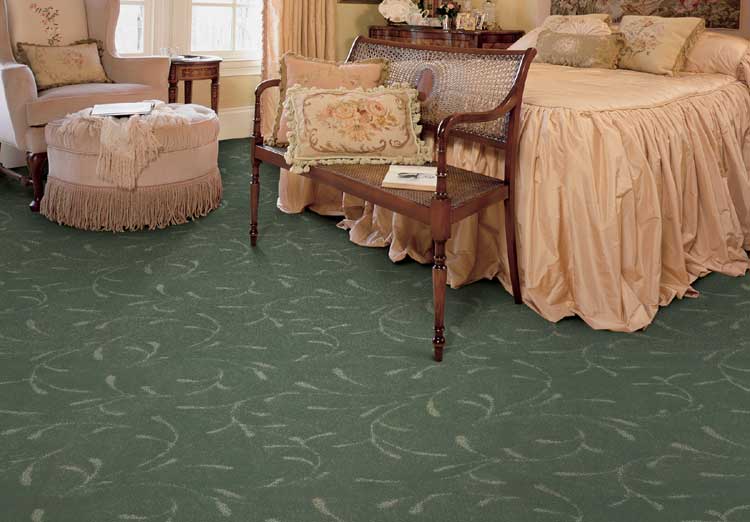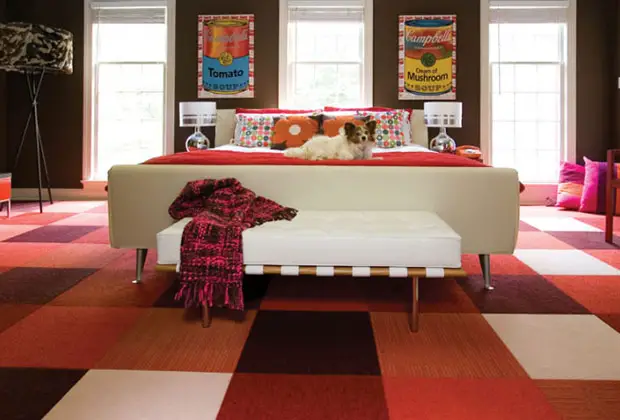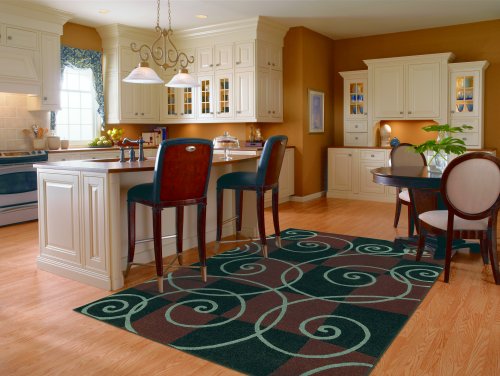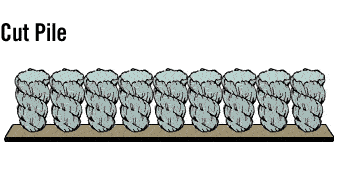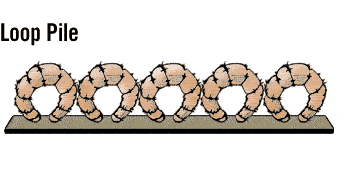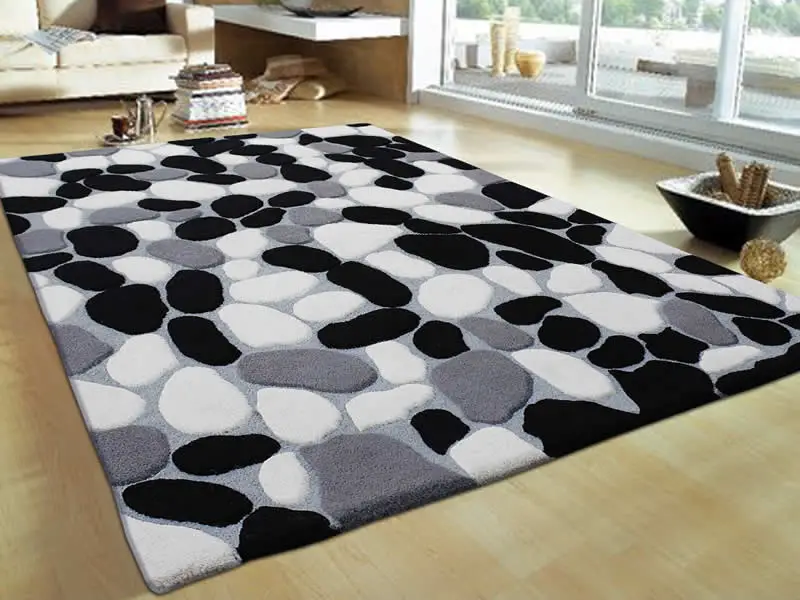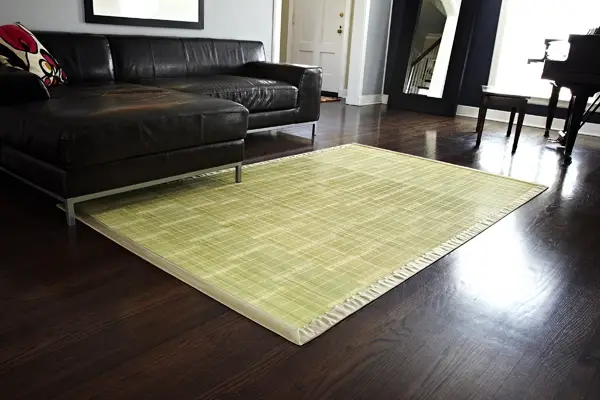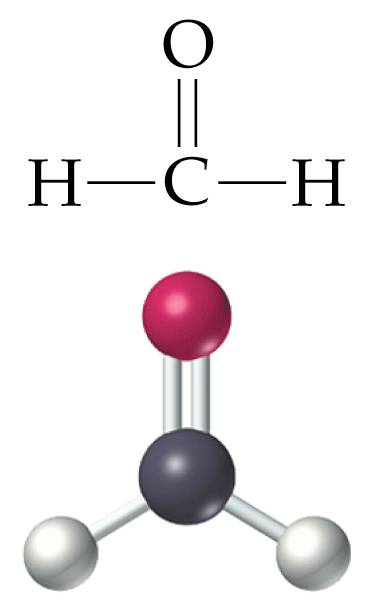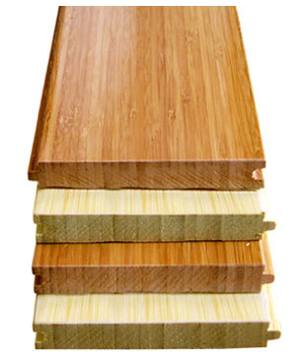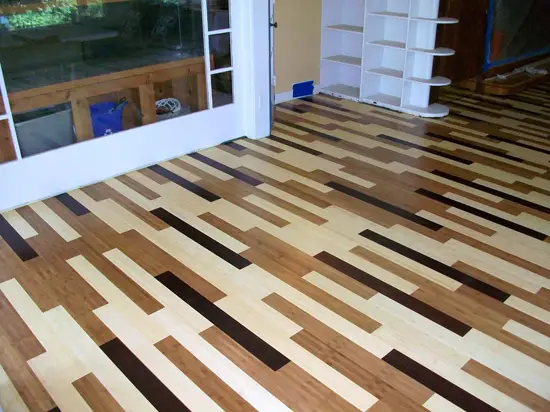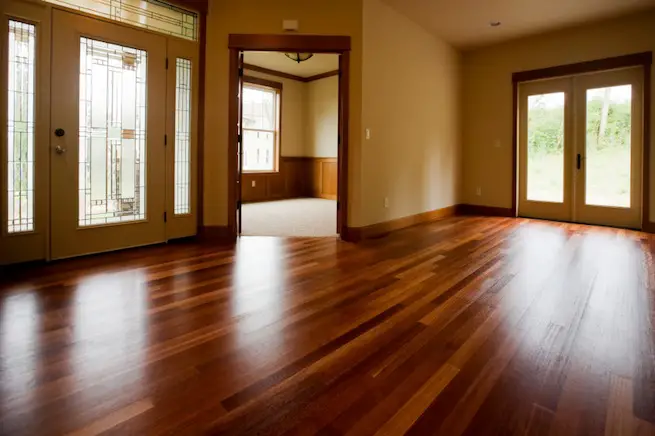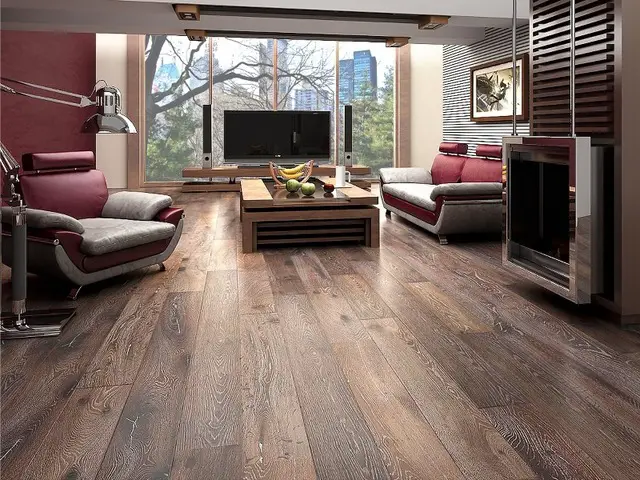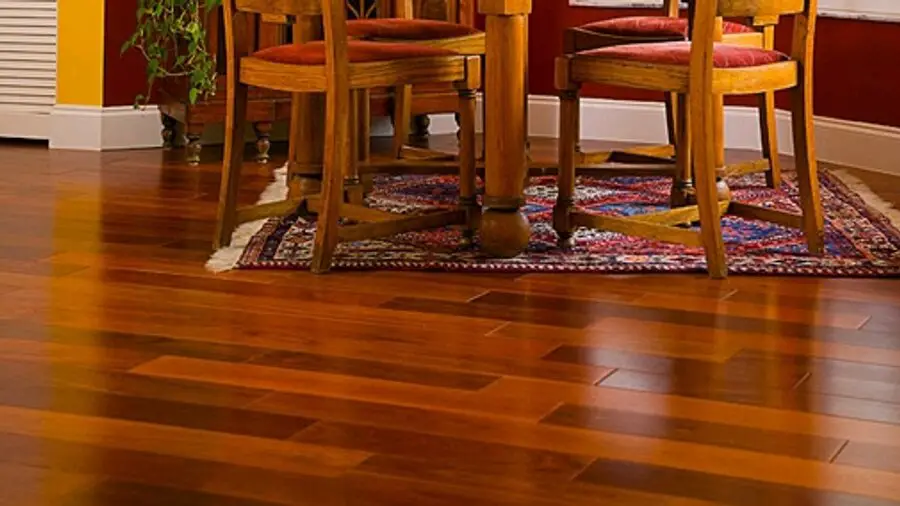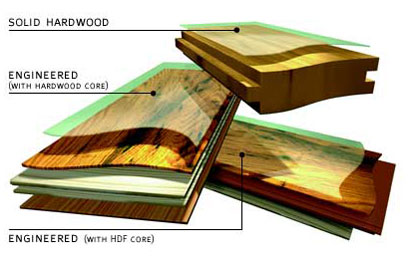Hickory is one of the most durable materials for flooring. However, many consumers overlook it in favor of oak, which is much more common for floors. Most people are familiar with using hickory for cabinets, though. If you’re the type of person who researches all of their options before making a decision about home renovations, you might want to compare oak vs hickory flooring so that you achieve the outcome that you desire.
Several species of oak and hickory are native to North America. For many American consumers, this is important. You can support the local economy by choosing wood flooring that is sourced and manufactured in the U.S. The abundance of these hardwoods makes them easy to find and relatively inexpensive.
Appearance of Oak vs Hickory Flooring
While function is important, we will get to that later in the article. Aesthetics play a significant role in flooring choices. Your floors should reflect your style and coordinate with the rest of your decor. Hickory and oak are both classic choices.
Grain Pattern
Oak has a fairly consistent grain pattern. Its appearance depends on the type of oak, the way that it’s cut and the stain color. However, it generally provides a traditional look. Rift-sawn and plain-sawn planks offer the most consistency of appearance. The grain in these types of cuts runs parallel to the board, and there are few, if any, wavy patterns. Live-sawn wood highlights the variation in grain pattern and contains more curving lines.
Hickory is usually bolder than oak. It has an extremely varied grain pattern with plenty of contrasts, swirls, knots and waves. To make the most of its unique appearance, manufacturers often cut hickory in wider planks than oak.
If you want a subtle design that adapts to any living or working space, oak flooring is probably the way to go. Hickory is much busier, and some people find it distracting. However, if you want the floor to stand out and add interest to your environment, you might want to consider hickory flooring.
Even if you’re looking at engineered hardwood or laminate, it’s helpful to keep the differences between oak and hickory flooring in mind. These materials mimic the look of each type of flooring and maintain the characteristics of the different hardwoods.
Color
White oak has a neutral brown tone. It falls in the medium-brown range and may contain notes of honey and sepia. Red oak is lighter than white oak and has pink or salmon undertones.
Hickory is lighter in color than oak. However, it has a wider range of hues and shades within each plank. The heartwood warms up the space with a reddish cast. However, most hickory is extremely neutral and ranges from beige to medium brown.
Both materials accept stain well. Therefore, you can adjust the tone to complement your environment. Adding a dark stain to hickory makes it look more uniform. The distinctive characteristics will show through, creating an interesting finish that’s less chaotic than that of unstained hickory. Staining oak also camouflages some of the variation in the planks, delivering consistent results. An unexpected stain color can take your oak floors from subdued to dramatic.
Oak and hickory flooring can both be distressed. This process adds character to any hardwood floor, making it look worn in certain places. It also makes the planks look like vintage wood flooring.
Durability of Hickory vs Oak Flooring
Hickory is one of the hardest types of wood for flooring. It has a rating of 1820 on the Janka hardness scale. Only pecan and exotic hardwoods, such as Brazilian walnut and Patagonian rosewood, are harder than hickory.
White oak is rated 1360 on the Janka hardness scale, and red oak is rated 1290. While oak is harder than many other popular flooring choices, including pine, black cherry and teak, it is softer than hickory.
Therefore, hickory is a solid choice for high-traffic areas and rough activity. It’s ideal for play areas, mudrooms and foyers but can be used in any room. Because it is resistant to scratches, it won’t be easily damaged by pets, furniture or falling objects.
Interestingly, hickory is not as stable as oak in the face of temperature and fluctuations. This could be due to the way that the planks are cut.
But hardwood is an organic material that is always susceptible to moisture damage. Even if the wood is sealed, it deteriorates faster when it’s exposed to moisture. Therefore, if you’re considering installing flooring in a bathroom or basement, you might want to look at alternatives.
Engineered hardwood is more waterproof than solid hardwood. Therefore, hickory or oak engineered hardwood is likely a better choice for moisture-prone areas. If you already know that you want engineered hardwood, you can base your decision off of the appearance because both materials have similar properties otherwise.
Does Oak or Hickory Flooring Cost More?
The price of flooring varies depending on the grade, quality and manufacturer. Because oak is more abundant, it’s generally less expensive than hickory. Still, you should look into all of your options before making a decision. The finish, plank size, texture and installation method also affect the cost of the floor.
Because it is harder, hickory is more difficult to work with. It takes longer to cut through a plank of hickory than oak. You also need to pre-drill nail and screw holes to avoid cracking the wood. A professional flooring installer understands how to work with various hardwoods to provide you with optimal results.
Keep your lifestyle and the durability of the wood in mind when you’re pricing out hickory and oak flooring. If you expect that your floors will be exposed to plenty of abuse, you will likely save money in the long run with a more durable option. If you go with oak, you may end up spending more to repair and maintain it over your floors’ lifespan.
Do You Have to Care for Oak and Hickory Differently?
Oak and hickory floors have similar maintenance needs. As with any hardwood, you should keep the surface free of abrasive particles. Sweep them regularly. Dirt that accumulates in the grooves and cracks wears down the finish. Pet hair that gathers in these areas can accumulate moisture.
These hardwoods withstand vacuuming well. However, you should make sure that your vacuum is designed for hard flooring so that it doesn’t scratch the finish.
While these hardwoods can withstand some humidity, they will swell, buckle and warp if they’re submerged in water. Leaving wet towels or spills on the floor dulls the finish in those areas, creating a mottled appearance. Clean up moisture from the floors immediately, and dry the floors after mopping them.
Finally, hickory doesn’t tend to discolor with age like oak does. Therefore, it might be a better option for sunroom and other areas that are exposed to UV light.


